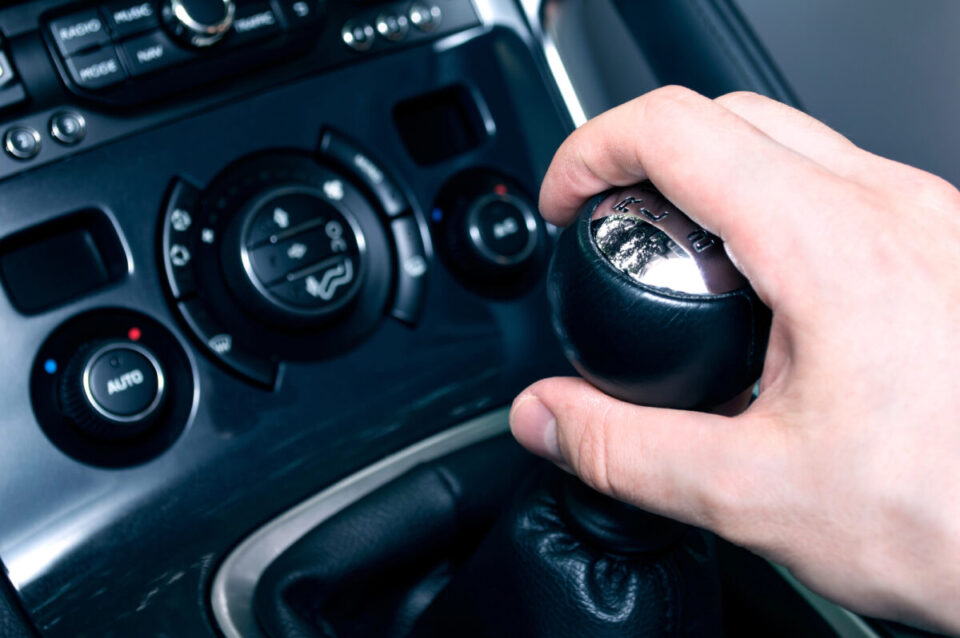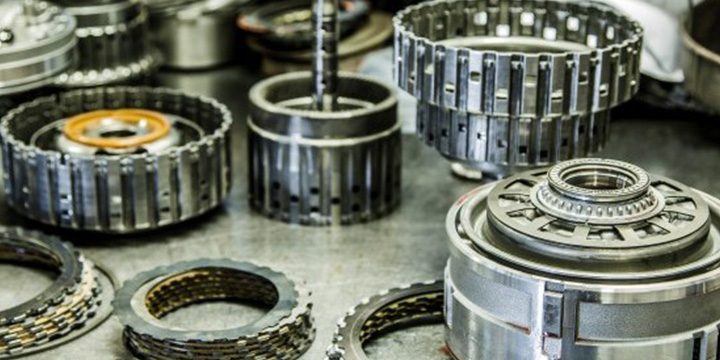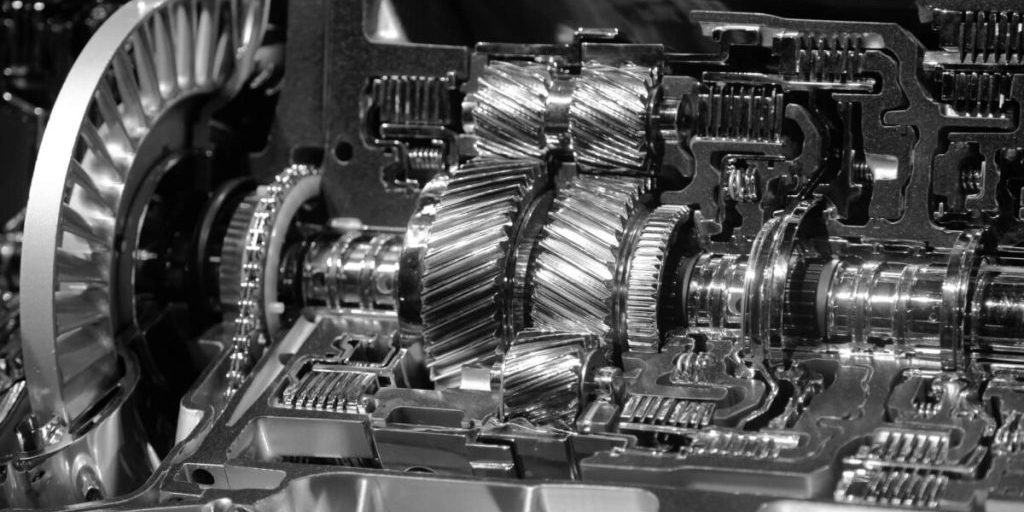Manual transmission myths debunked
October 30, 2024

Do you believe that manual transmissions are a thing of the past, or that they are more difficult than automatic cars?
While manual transmission vehicles were once the standard choice, today’s car market has evolved, and so have the myths surrounding these stick shifts. Understanding a vehicle’s transmission is crucial for proper maintenance and performance.
Let’s delve into the most common manual transmission myths and misconceptions about manual gearboxes, and uncover the truth about manual transmissions.
Myth 1: Manuals Are Less Fuel-Efficient than Automatics

Reality: Modern automatic transmissions have made strides in fuel efficiency, but this doesn’t mean manual transmissions are inefficient. With the right driving technique, manual transmission cars can still offer competitive fuel economy. Because drivers have direct control over gear changes, they can shift at the optimal points to save fuel, avoiding the automatic transmission’s tendency to shift at predetermined times.
In addition, manual transmissions are mechanically simpler than their automatic counterparts, which means they have fewer components that consume power during operation. This simplicity can translate into better fuel efficiency under certain conditions, particularly on open roads or in steady-speed driving where fewer gear changes are needed. When driven properly, manuals can match or even exceed the fuel efficiency of some automatics, making them a smart choice for those looking to maximise gas mileage and save at the pump.
Myth 2: Manual Transmissions Are More Difficult to Drive

Reality: Many people believe that learning to drive a manual transmission is overly complex and not worth the effort. While it’s true that using a clutch pedal and shifting gears manually requires some practice, it becomes second nature for most drivers after a short learning period. In fact, driving a manual can offer a more engaging and satisfying experience once you get the hang of it.
Manual cars provide drivers with greater control over acceleration and deceleration, making them a preferred choice for those who enjoy being in command of their vehicle. This precise control can be especially advantageous in certain driving conditions, such as navigating winding roads or managing slippery surfaces, where manual transmissions allow for smoother handling and better power control. The learning curve might be steeper, but many drivers find the payoff in driving satisfaction well worth the effort.
Myth 3: Manual Transmissions Wear Out Faster Than Automatics

Reality: Many people believe that manual transmissions are more prone to wear and tear compared to automatics, assuming that constant shifting and clutch use shortens their lifespan. However, this is not necessarily true. In fact, manual transmissions can often outlast automatics when properly maintained. Because they have fewer complex components, like torque converters or intricate hydraulic systems, manuals are generally simpler and more robust in design.
The key factor in the longevity of a manual transmission is how it’s driven. If drivers use the clutch correctly and avoid habits like riding the clutch or abrupt gear changes, the transmission can last for hundreds of thousands of kilometres. Clutch replacements may be needed over time, but these are often less costly than the major repairs or replacements required for automatic transmissions. With mindful driving and regular maintenance, a manual transmission can provide reliable performance for many years, making it a durable choice that shouldn’t be underestimated.
Myth 4: Manuals Are Only for High-Performance Sports Cars and Not Practical for Everyday Driving

Reality: The belief that manual transmissions are only suitable for high-performance sports cars is outdated and overlooks their versatility. While driving enthusiasts often favour manuals for the control and engagement they offer in sports cars, these gearboxes are not exclusive to that segment. In fact, many drivers of compact cars, sedans, and even SUVs opt for manual transmissions due to their affordability, simpler design, and the sense of control they provide.
Manuals can be highly practical for everyday driving as well, offering drivers greater command over their vehicle’s power delivery. This can be especially beneficial in challenging conditions like navigating steep hills or wet roads, where selecting the right gear can improve safety and stability. Even in city environments with heavy traffic, modern manuals have evolved to be more user-friendly, with smoother clutches and lighter gear shifts, making them easier to manage.
While advanced automatic transmissions have made strides in speed and performance — sometimes even outpacing manual shift times — manuals continue to offer a driving experience that many find more engaging and satisfying. Their presence in vehicles beyond sports cars shows that manuals remain a versatile and enjoyable choice for those who appreciate being fully connected to the driving experience, whether on the open road or during a daily commute.
Myth 5: Manuals Are Going Extinct

Reality: It’s a common belief that manual transmissions are outdated relics of the past, especially with the rise of advanced automatic systems and electric vehicles. However, manual transmissions still hold a valuable place in the automotive world, particularly for drivers who value simplicity, durability, and a more connected driving experience. Unlike many automatic systems that rely heavily on electronics, manual gearboxes are mechanically simpler, which can lead to a longer lifespan and fewer electronic components that could potentially fail.
In addition, manual transmissions are often preferred by driving enthusiasts who enjoy the tactile feedback and sense of control they offer. For many, the manual experience isn’t about keeping up with the latest technology — it’s about maintaining a connection to the vehicle and fully engaging in the driving process. Even in the world of high-tech cars, some manufacturers continue to offer manual options as a nod to this enduring appeal. Manuals may not dominate the market like they once did, but their continued presence shows that they are far from obsolete.
Mastering the Art of Shifting in a Manual Car
Mastering the art of shifting gears in a manual car can be a rewarding experience, but it requires practice, patience, and a solid understanding of the basics. Here are some tips to help you improve your shifting skills:
- Start with the basics: Familiarise yourself with the gear pattern and the clutch pedal. Most manual cars have an H-shaped gear pattern, with the clutch pedal located on the far left and the brake pedal on the far right.
- Practice in a safe location: Find a flat, open space like an empty parking lot where you can practice shifting gears without the pressure of traffic or obstacles.
- Get a feel for the clutch: The clutch pedal is crucial for smooth shifting. Practice pressing the clutch pedal all the way down and finding the “biting point”, or “bite point”, where the engine begins to engage with the transmission.
- Shift smoothly: Aim for smooth and gradual gear shifts. Use the clutch pedal to control the speed of the shift, avoiding jerky movements or riding the clutch.
- Use the correct gear for the situation: Select the appropriate gear based on your speed, terrain, and the load of the vehicle. This ensures optimal performance and fuel efficiency.
- Practice, practice, practice: The more you practice, the more comfortable and proficient you’ll become at shifting gears in a manual car. By following these tips, you’ll be well on your way to mastering the art of driving a manual transmission car.
Transmission Maintenance: Fluid Changes and More
Proper transmission maintenance is essential for extending the life of your vehicle’s transmission and avoiding costly repairs. Here are some key tips to keep your transmission in top shape:
- Check the transmission fluid regularly: Regularly check the transmission fluid level and top it off as needed. Ensure you use the correct type of fluid specified in your vehicle’s owner’s manual.
- Change the transmission fluid regularly: It’s recommended to change the transmission fluid every 50,000 to 90,000 kilometres, or as advised by your vehicle manufacturer. Fresh fluid helps maintain optimal performance.
- Use a transmission fluid filter: A transmission fluid filter helps keep the fluid clean and free of contaminants, which can prolong the life of your transmission.
- Avoid extreme temperatures: Extreme temperatures can affect the viscosity and performance of transmission fluid. Try to avoid leaving your vehicle in direct sunlight for extended periods or driving in extremely cold weather.
- Avoid towing heavy loads: Towing heavy loads can put excessive strain on your transmission, leading to premature wear. If you must tow, ensure your vehicle is equipped to handle the load.
- Have your transmission serviced regularly: Regular servicing by a qualified mechanic, such as Auto Trans R Us, can help catch potential problems early, preventing major issues down the road.
By following these maintenance tips, you can help ensure your vehicle’s transmission remains in good condition, providing reliable performance and avoiding costly repairs. Always refer to your owner’s manual for specific recommendations on transmission maintenance for your vehicle.
Choosing the Right Transmission for You
When deciding between a manual and an automatic transmission, it’s essential to consider your driving conditions, habits, and preferences.
For drivers who enjoy having precise control and the engaging experience of shifting gears, a manual transmission offers a truly satisfying drive. On the other hand, if you prioritise effortless operation and smoother handling in heavy traffic, an automatic transmission might be the more convenient choice.
Need Expert Advice? Get in Touch with Auto Trans R Us
At Auto Trans R Us, we specialise in both manual and automatic transmissions. Whether you need a clutch replacement, manual transmission service, or guidance on which option is best for your needs, our experienced team is here to help.
Read on...



